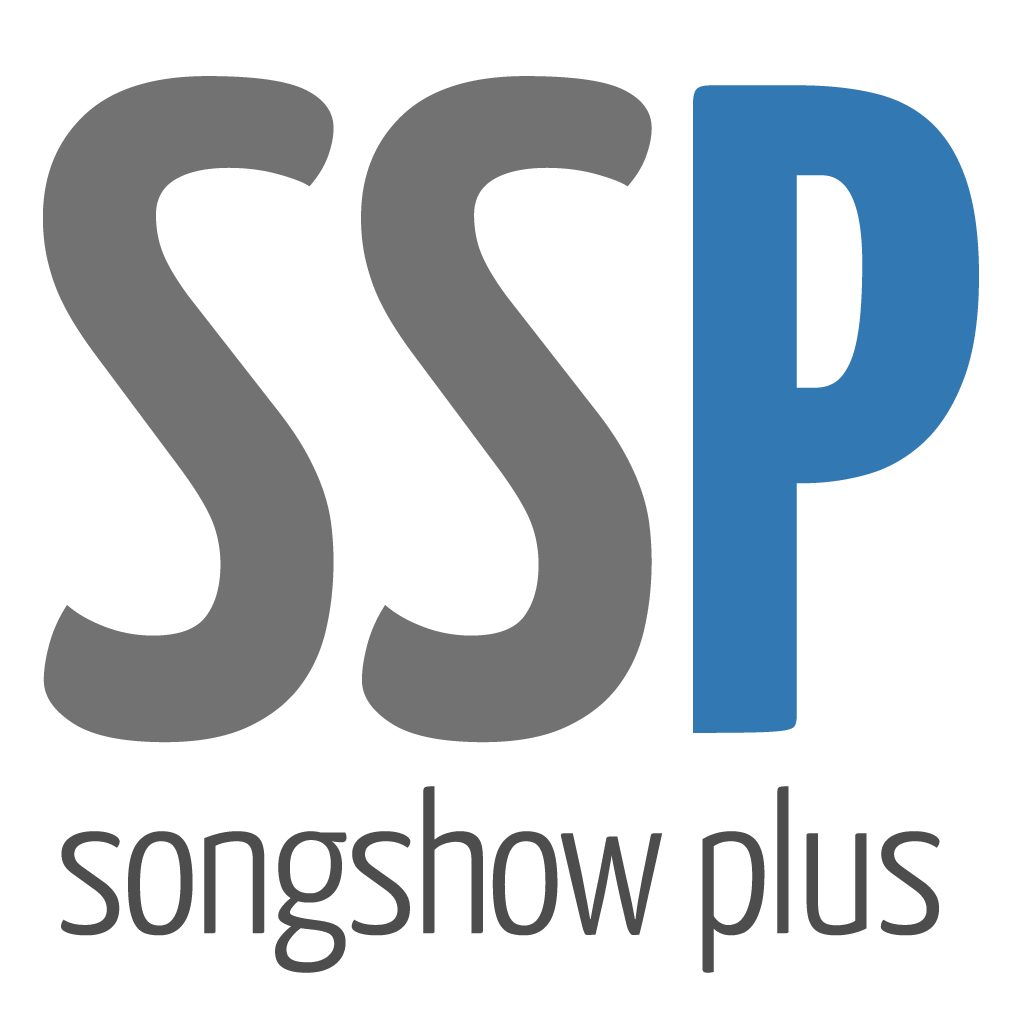Tips & Tricks: Have a D: drive
I have long been a proponent of using two hard drives in media systems. There are two significant reasons why this is a good idea.
Performance
Due to the nature of hard drive I/O and system memory, you can expect to see an increase in performance when your system files are located on drive C:, but your data files are located on drive D:. A lot happens on drive C:. Your system files reside there along with your applicaiton files. Your temp folder is also located there as well as the file use for memory page swapping. When an application is running, DLLs used by the application can be loaded an unloaded from time to time. When physical memory is fills up, then less-recently-used data is swapped out of memory to the hard drive so that new more-recently-used data can be accessed. These things keep drive C: busy. If you then also try to stream a video file from drive C:, that is just one more thing competing with access to the hard drive.
However, if your video file is streaming from drive D:, then there is no competition for hard drive read time. Its not likely that drive D: will be used for any other system purposes so it will remain free to read and serve up the bits of your video file without interruption. So the first benefit is performance. So lets look at the second benfit.
Data File Isolation
There are times when reinstalling the OS is just something that needs to be done. In some cases, its even best to reformat the hard drive in the process. If your SongShow Plus data files are also locatd on drive C:, then you will need to go through the careful process to back them up prior reinstallation, and then restore them when reinstallation is complete. If your files are on drive D:, however, they will not be touched in the reformatting and reinstallation process.
You can also use this method to do more sophisticated things like multiple system boot partitions for testing purposes. We recently did this for a new computer at my church. When setting up this new computer, we wanted to be able to test Windows 7, but were also concerned about possible stability issues in these early phases of compatibility work. I suggested that we build a machine with two hard drives, and that the first hard drive be partitioned to boot both Windows 7 and Windows XP. The SongShow Plus installations on each partition pointed to data files on drive D:. It turns out that it was a good idea because we did discover a problem that was (mostly) resolved by booting into XP. By placing the data files on drive D:, it was a simple matter to boot into Windows XP when necessary and back to Windows 7 for further testing.
Drive C: for system files, drive D: for data files: A good idea.
(BE224)
Comments:
When I start using your scheme, I will also use the C: drive for the backup of the SSP data on the D: drive.
Good suggestion, Dreece, thanks.
You can also set the registry to make the documents and settings folder point to a different Partition or Hard Drive. Each profile is located under the following key.
HKEY_LOCAL_MACHINE\SOFTWARE\Microsoft\WindowsNT\CurrentVersion\ProfileList
Instructions for doing this as a part of the image process, or after a computer is built is at the following link.
http://support.microsoft.com/kb/314843
The image process for NMCI uses the ProfilesDir = z:\foldername as a part of the core image. This is pointed to the Data partition of the same hard disk drive.
I used to use a small extra HDD as the location of the swap file. I would make the first partition just big enough for a swap file. The remainder of the HDD would either be unused, or partitioned as a data drive. I quit doing this when my old HDD were too slow, and it no longer made a noticable difference.
Incidently, when I clicked on the link you provided, I recieved this message on the web page: "This article applies to a different version of Windows than the one you are using. Content in this article may not be relevant to you." Apparently that KB article doesn't apply to Windows 7.
Too bad about the Windows 7 change. I would imagine that this functionality still exists, but it is probably done a different way. I am sure that tweakUI will do this, but again I am unsure if there is a tweakUI for Windows 7.
Joel,
How much memory would that be with Windows 7. Do you have a MoBo that will support that much memory?
Unfortunately, my laptop can only handle 4 gig, even though Win 7 64 could address more. And when I fire up SSP, Online Bible, Photoshop CS4, Word 2007, Chrome, etc. I'm sure I'm over that.
I just used freeNAS live CD to build a NAS from old hardware laying around. It's an old .9GHz CPU in a horizontal desktop. I put in a 20, 40, and 30 GB HDD. The config file is saved to a floppy for reboots, but it boots to a CD and runs in RAM.
I have a few more old HDD laying around, so I may install them to test the software raid. If I understand correctly, it can support creating one logical volume from multiple sized HDDs.
